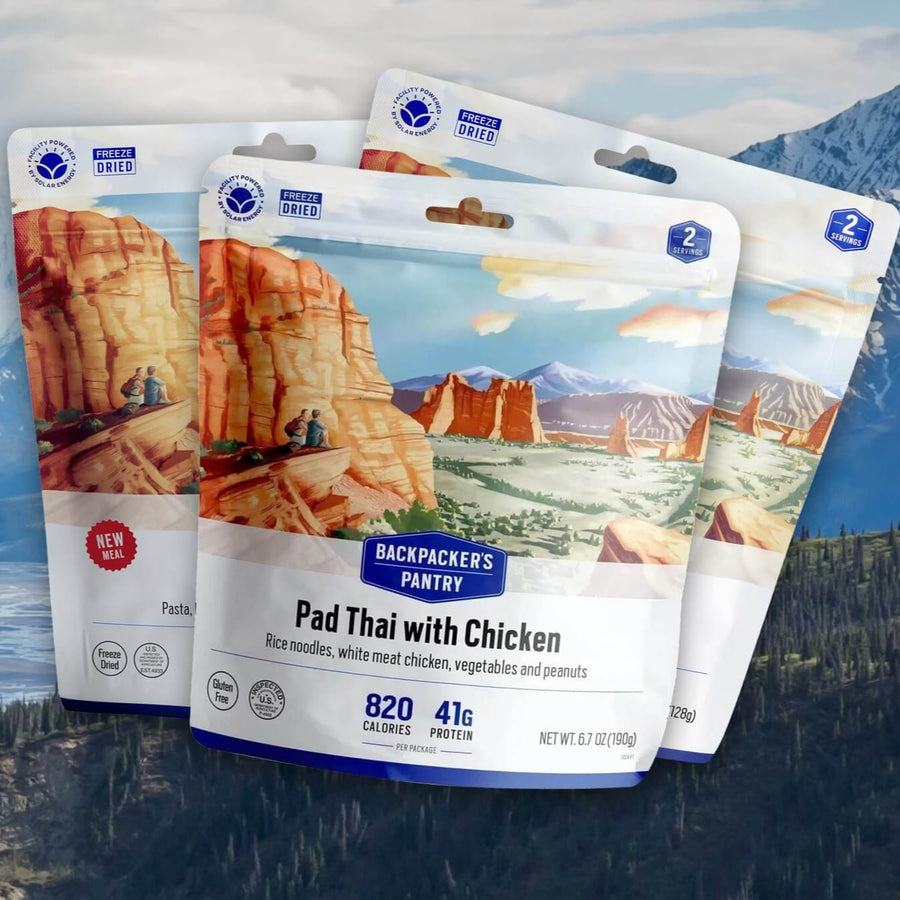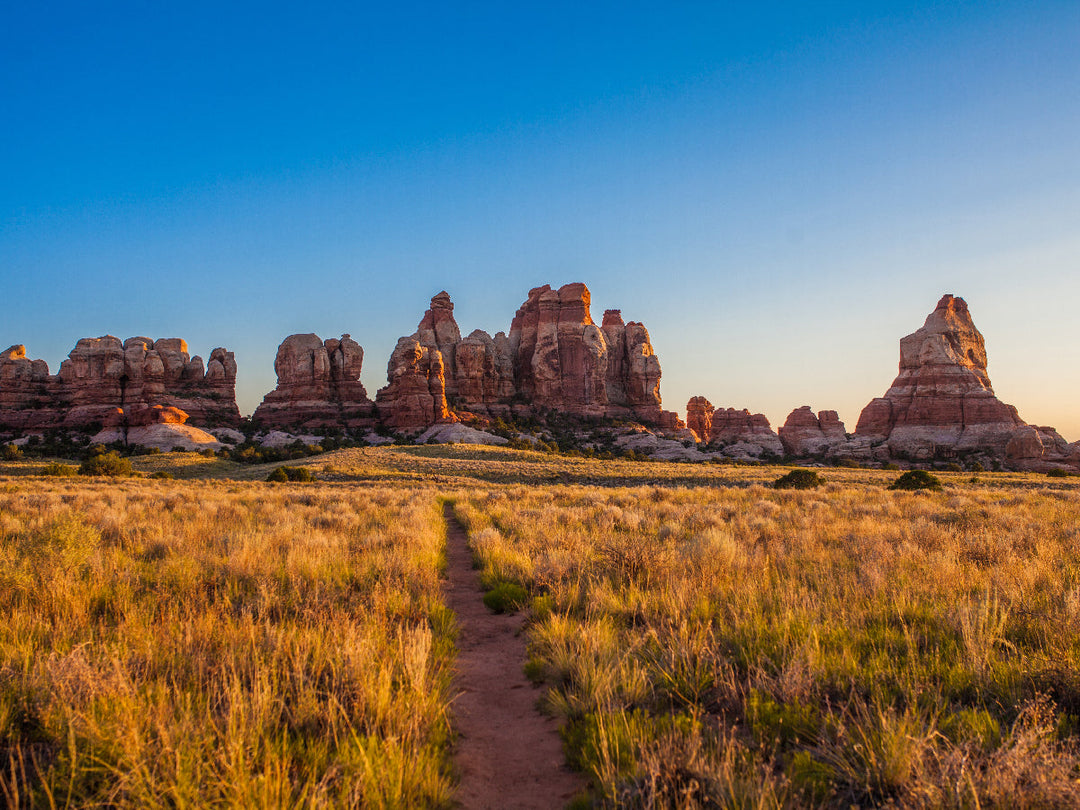How Many Calories Do Backcountry Skiing and Snowshoeing Burn?

While ski touring can mean anything from a casual walk in the mountains to a serious expedition, one thing is for certain - it’s hard work! The same goes for snowshoeing. Working hard means burning calories. Calculating just how many can help you to stay fueled and track your workout. The specific number of calories burned during ski touring can vary widely depending on a range of factors, including the individual's weight, the intensity of the activity, the terrain, and the duration of the tour. Follow along and we’ll break down the numbers.
Overview
As a rough estimate, moderate ski touring can burn between 400 to 700 calories per hour for an average person. However, if the activity is particularly intense, involving steep climbs, deep snow, and difficult terrain, the caloric expenditure can be much higher: potentially over 1,000 calories per hour for someone who is heavily exerting themselves. The uphill portion of your tour takes up the majority of your time on a tour, so the lower output of breaks and skiing back downhill is nearly negligible. At a per-mile rate, this is about 200-500 calories per mile, assuming an average of two miles per hour.
When snowshoeing, the same guidelines apply - the higher the difficulty (slope, fresh snow, altitude, etc.) the more calories you’re burning. Typically, the pace of snowshoeing is a bit slower, meaning that you are likely burning at the lower end of the range, closer to 400-500 calories per hour.
Backcountry Skiing & Ski Touring Calorie Calculator
What Affects the Number of Calories Burned While Skiing or Snowshoeing?
- Body Weight: Generally, the more a person weighs, the more calories they will burn during physical activity. This is because it takes more energy to move a larger body.
- Intensity of Activity: Ski touring and snowshoeing can range from gentle, flat terrain to aggressive uphill climbs. The more intense the activity, the higher the caloric burn. Steep ascents, deep snow, and faster speeds all increase the intensity.
- Terrain: Ski touring on rough, uneven terrain or through deep powder requires more energy than gliding over well-worn trails.
- Skill and Technique: More experienced skiers tend to be more efficient in their movements, which could mean a lower calorie burn for the same distance or time compared to a beginner, who might exert more energy for the same activity.
- Weather Conditions: Cold weather can increase caloric expenditure as your body works to stay warm, but this effect is usually not very significant, especially since the activity itself generates heat. Windy or particularly harsh conditions can also increase the effort required.
- Equipment: The weight and efficiency of your ski touring equipment can affect how hard you have to work. Heavier or less efficient gear may increase the caloric burn.
- Metabolic Rate: Individual differences in metabolism can affect how many calories are burned. Two people of the same weight and physical condition can have different metabolic rates, which can affect calorie burn.
- Fitness Level: A person's fitness level can impact how efficiently their body burns calories. More fit individuals might burn fewer calories for the same activity compared to those less fit, as their bodies are more efficient at conserving energy during physical exertion.
How Does this Compare to Cross-Country Skiing
When skiing cross-country at a moderate effort, which is similar to backcountry skiing when moving across varied terrain, an individual can burn between 640 to 850 calories per hour.

Comparison to Running and Hiking:
Ski touring is similar to running in terms of calories burned, but you have to account for the additional equipment, such as skis, bindings, and boots. When comparing ski touring to running, you should add about 18 percent to the amount of time and calories burned, as suggested by a ski patroller and competitive mountain athlete.
Compared to hiking, backcountry skiing ups the difficulty and calorie burn from 300-500 calories per hour to 400-700 calories per hour. Learn more on our blog about how many calories hiking burns.
How to Use This Information
Whether you’re training for a race, meal-prepping for a hut trip, or just tracking your activities, this calorie information is a good baseline for understanding the way you exert yourself in the backcountry. The way your particular body operates may differ, and understanding this will help you fuel better and feel better. Cold conditions can make you forget about properly fueling and eating while skiing, but it’s just as important as in any other sport or activity.
 Photo: Tyler Lekki
Photo: Tyler Lekki
Burning Calories is Great, But Ski Touring, Backcountry Skiing, and Snowshoeing Have More to Offer
Ski touring and backcountry skiing are excellent for burning calories, but their real value lies beyond just exercise. At the end of the day, we get outside to immerse ourselves in nature's winter beauty, offering mental and physical benefits far beyond calorie burning. As you glide through the snow, enjoy the tranquility, the fresh air, and stunning landscapes.
Remember, understanding the calories you'll burn helps plan your nutrition. Don't forget to check out our lightweight, nutritious meal options for your next winter adventure.






